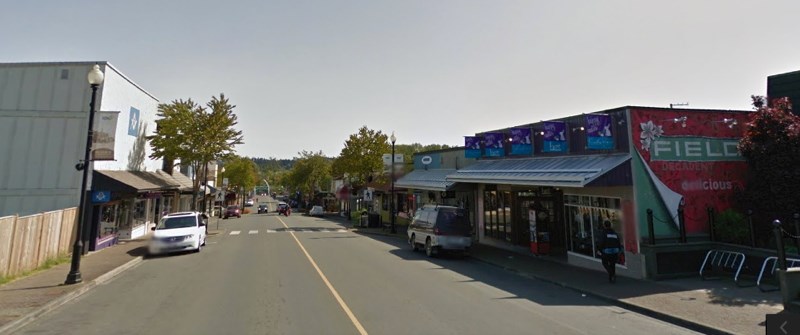Courtenay’s mayor and an air-quality expert are disputing a study that lists the town as having the highest air pollution in Canada.
The Guardian, a newspaper based in Britain, used data from the World Health Organization measuring ultra-fine particles of less than 2.5 microns (also known as PM2.5s) to rank cities around the world in terms of air pollution.
Broken down by region, Courtenay ranked second worst in the United States and Canada with a rating of 17 micrograms per cubic metre, behind Visalia-Porterville in California at 18. Regina was the only other Canadian city on the U.S and Canada Top 10 list with a rating of 14.
The highest worldwide ratings were Zabol, Iran, at 217 and Gwalior, India, at 176.
The Guardian’s number differs from Courtenay’s rating of nine micrograms per cubic metre in the 2016 B.C. State of the Air Report, said Gavin Ing, an air quality meteorologist for the Ministry of Environment.
It’s unclear where the higher rating came from, Ing said.
However, Courtenay does have one of the highest air pollution levels in B.C., consistently exceeding provincial objectives.
“It was identified as one of the red zones under the Canadian Ambient National Air Quality Standard,” Ing said. “So it’s targeted for extra attention.”
A major contribution to the air pollution is the use of wood-burning stoves to heat homes in the winter, said Jennell Ellis of Breathe Clean Air Comox Valley, a group formed a year ago to raise awareness about the region’s air-quality issues.
“It’s a big issue that affects people right where they live,” Ellis said.
“People say our air is much cleaner than a city. Well, that might be true in the summer, but not in the winter.”
Fine particulate matter has been identified by the B.C. government as the pollutant causing greatest health concerns. It can be absorbed into the lungs and bloodstream and prolonged exposure could cause asthma, respiratory problems and even increase the risk of heart attack, according to HealthLink B.C.
This winter, there have been four air-quality advisories for the Comox Valley, Ellis said. Courtenay and Duncan were the only communities on Vancouver Island to exceed national air pollution standards for PM2.5s in 2015.
Courtenay Mayor Larry Jangula strongly denies there’s an air pollution issue in his community.
“There is no problem with the air quality in the city of Courtenay,” he said.
Jangula said the air quality monitor was installed by the Ministry of Environment in an area where many older homes still use wood stoves, so the air pollution is disproportionately worse than in other areas of Courtenay.
“To say that our air quality is worse than San Francisco, worse than L.A.? It’s a completely bogus study in my opinion,” he said.
Ellis said because the study used by The Guardian only measured fine particles of less than 2.5 microns, other forms of emissions such as fumes from heavy traffic — common to larger cities such as London and Toronto — might not have been taken into account.
“Traffic pollution does not emit as fine particulate matter,” Ellis said.
Natasha Umpleby has lived in Cumberland with her family for 11 years and has struggled with chest infections and a persistent cough.
A year ago, her 13-year-old son started using an inhaler after experiencing breathing problems. In November, she took her 11-year-old daughter to the hospital after she complained her eyes were burning.
The doctor, an eye disease specialist, told Umpleby her daughter was having an allergic reaction to the fine particulate matter, more specifically the wood smoke.
Umpleby, who is a member of Cumberland Families for Clean Air, has started driving her kids to school in the winter instead of walking and said Cumberland Community School has made arrangements for children to stay inside during recess or physical education periods if an air quality advisory has been issued.



